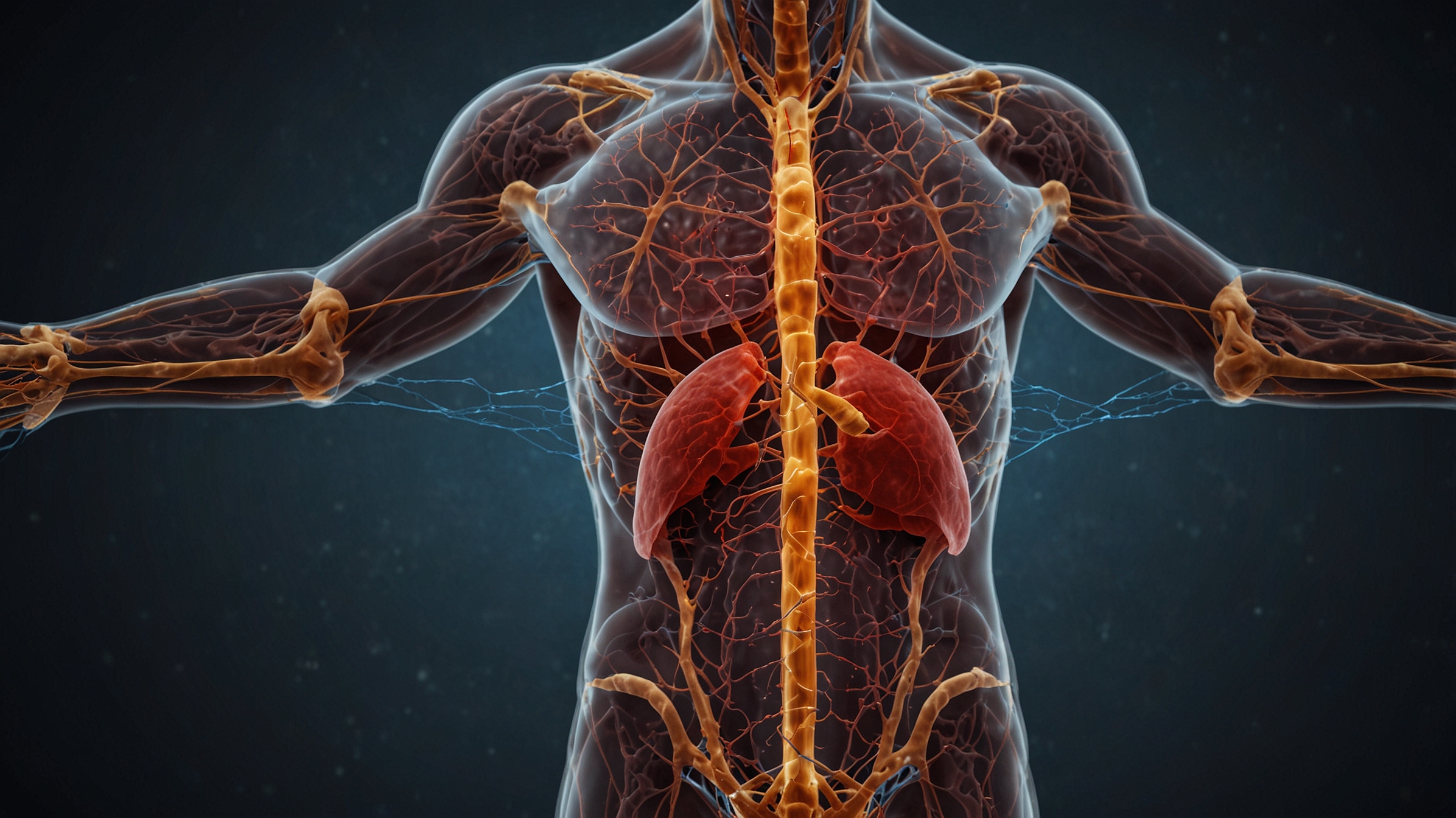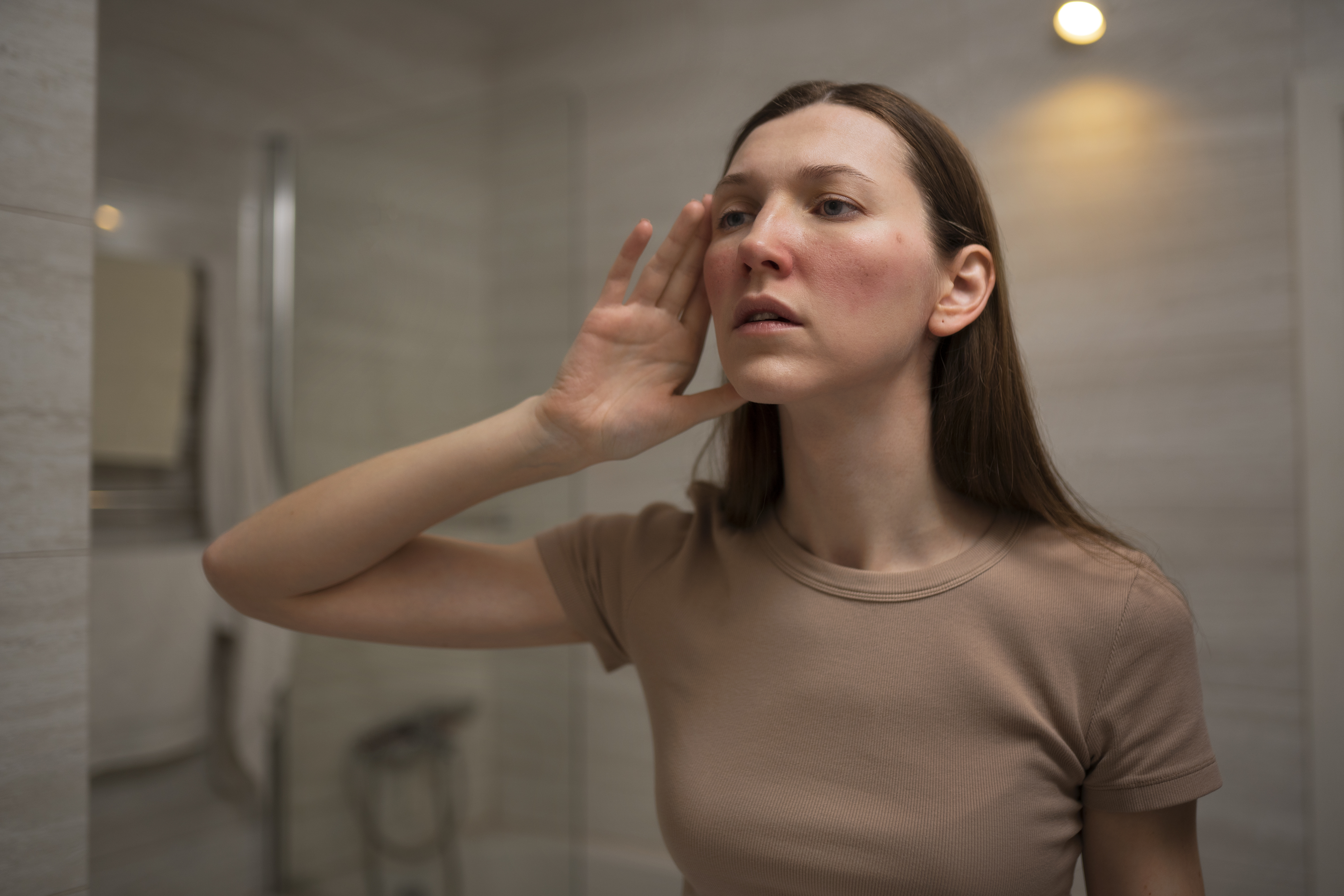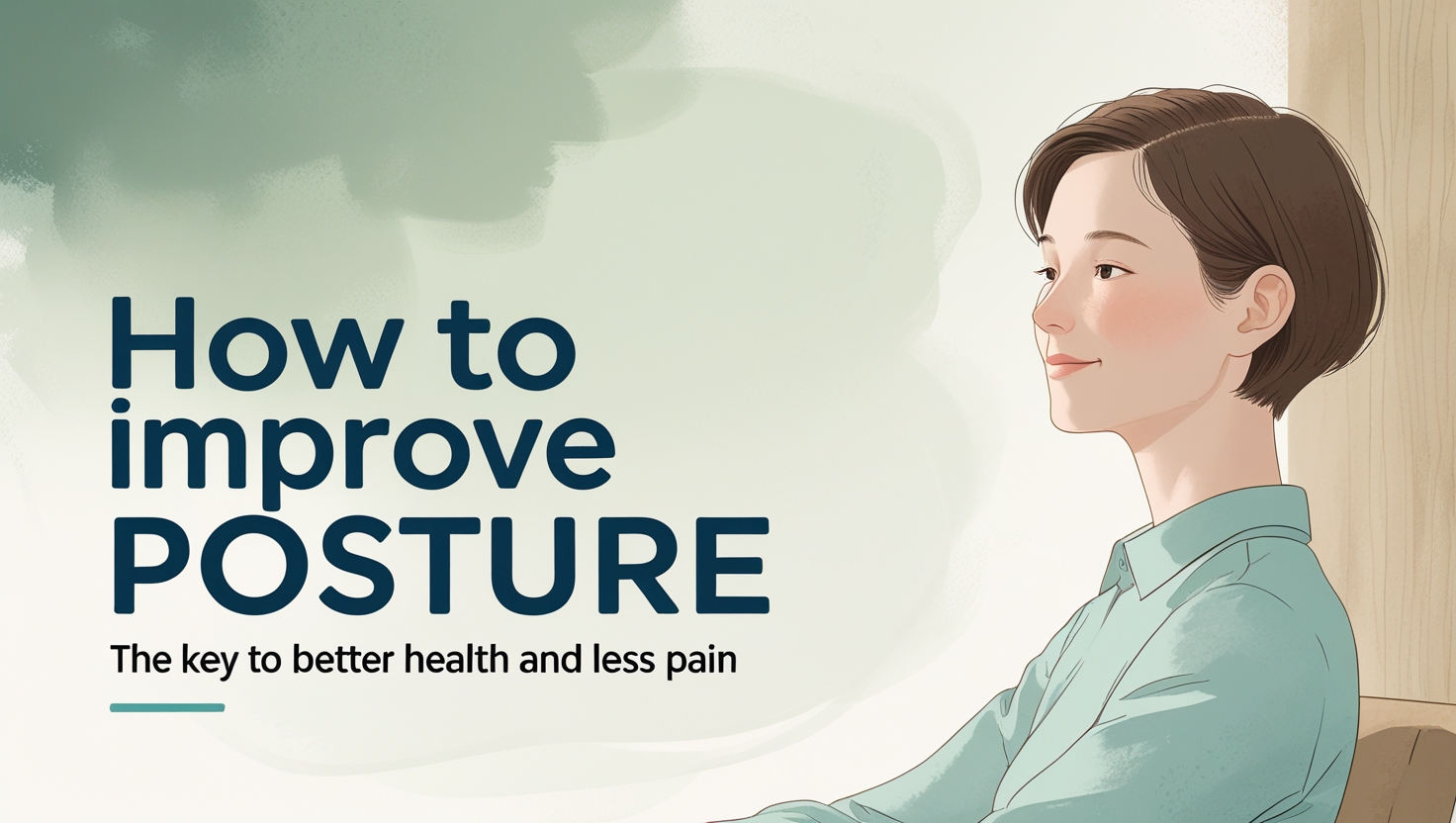In today’s fast-paced world, emotional resilience isn’t just a bonus—it’s a necessity. While we often focus on physical health through exercise and nutrition, emotional fitness plays an equally important role in our overall well-being. It determines how we respond to stress, recover from setbacks, and maintain a sense of balance amid chaos.
Just as we train our bodies, we can also train our minds. Emotional fitness is the practice of building habits that strengthen your ability to navigate challenges with calm, clarity, and strength. Think of it as your psychological muscle: the stronger it is, the more confidently you can move through life.
What Is Emotional Resilience?
Emotional resilience is the ability to bounce back from adversity, trauma, or daily stress. It doesn’t mean suppressing emotions or pretending everything is fine. Instead, it’s about experiencing emotions fully and responding to them in a healthy, constructive way.
Resilient people aren’t immune to life’s difficulties—they’ve simply developed strategies that help them cope, adapt, and grow through the experience.
The Science Behind Resilience
Neuroscience shows that our brains are malleable. This concept, known as neuroplasticity, means that our thought patterns and emotional responses can change with consistent practice. Building emotional fitness is not about avoiding stress but learning to regulate your response to it.
Chronic stress can increase cortisol levels, impair decision-making, and lead to emotional exhaustion. Conversely, building daily habits that support emotional resilience can enhance mood, improve focus, and boost your immune system.
So how can we proactively train ourselves to be more emotionally fit?
Daily Habits to Build Emotional Resilience
Here are simple, science-backed practices to incorporate into your routine that help build lasting emotional strength:
1. Practice Emotional Awareness
Before you can manage emotions, you need to recognize them. Take a few moments each day to check in with yourself. What are you feeling? Where do you feel it in your body?
Journaling, even just for five minutes, can help you label emotions and identify patterns. Studies show that naming your emotions can reduce their intensity and help you respond with more clarity.
2. Build a Morning Mindfulness Routine
Starting your day with a short mindfulness practice—such as meditation, breathwork, or a gratitude list—can set the tone for how you handle stress throughout the day.
Mindfulness teaches you to stay present and reduces the tendency to ruminate over past events or worry about the future. Apps like Headspace or Calm offer guided sessions that make the practice accessible for beginners.
3. Move Your Body
Exercise isn’t just for physical health—it’s one of the most effective tools for regulating emotions. Physical activity releases endorphins, improves mood, and decreases anxiety.
You don’t need an intense gym session. A daily walk, yoga, or a dance break in your living room can be enough to shift your energy and build emotional stamina.
4. Reframe Negative Thoughts
Resilient people are not inherently optimistic—they simply practice reframing. When you catch yourself spiraling into negativity, ask: Is this thought helpful? Is it even true?
Instead of thinking, “I always mess things up,” try reframing to, “This was a mistake, but I can learn from it.” This shift reduces self-sabotage and builds confidence.
5. Set Healthy Boundaries
Protecting your energy is a vital part of emotional fitness. Whether it’s saying no to an extra commitment or taking time away from draining relationships, boundaries help you preserve mental space and emotional clarity.
Start small. Choose one area where you feel overwhelmed and experiment with gently asserting your needs.
6. Stay Connected
Strong social support is one of the greatest predictors of resilience. Make time for meaningful connections, even if it’s just a short call or coffee with a trusted friend.
Sharing your thoughts with someone who listens without judgment can be a powerful way to process stress and feel less alone.
7. Nourish Your Brain
What you eat affects your mood. Diets rich in whole foods, omega-3s, and probiotics have been linked to lower rates of depression and anxiety.
Aim for balanced meals with plenty of vegetables, lean proteins, and healthy fats—and stay hydrated. Your brain functions best when it’s well-fueled.
8. Get Enough Sleep
Sleep is a cornerstone of emotional regulation. Lack of sleep impairs your ability to process emotions, increases irritability, and reduces focus.
Prioritize 7–9 hours of quality sleep by setting a consistent bedtime, limiting screens before bed, and creating a calming evening routine.
9. Learn to Self-Soothe
When emotions run high, it helps to have a toolkit of calming techniques. Try deep breathing, grounding exercises, or gentle self-talk like “I’m safe. I can handle this.”
These techniques don’t erase difficult feelings but can help you manage them in healthier ways.
10. Celebrate Wins—Big and Small
Progress is progress. Acknowledge your efforts, even if you didn’t achieve a perfect outcome. Recognizing small wins boosts motivation and reinforces a growth mindset.
Keep a “done” list instead of a “to-do” list at the end of the day—it’s a powerful way to remind yourself of what you’ve accomplished.
Building a Resilience Routine
Start with just two or three of these habits and build gradually. Emotional fitness isn’t about perfection; it’s about consistency. Think of it like going to the gym for your mind—the more you practice, the stronger you become.
Final Thoughts
Life will always present challenges, but with the right habits in place, you can respond with grace instead of panic, flexibility instead of fear. Emotional fitness gives you the tools to not only survive but thrive.
And just like with any form of fitness, the most important step is showing up—for yourself—every single day.














